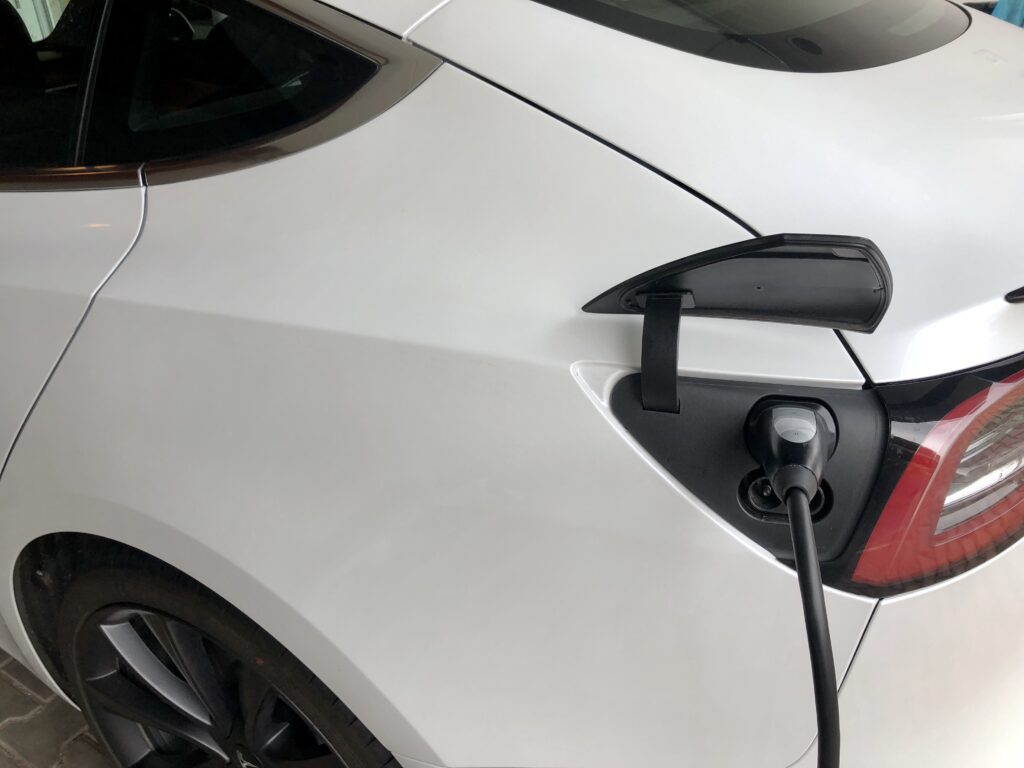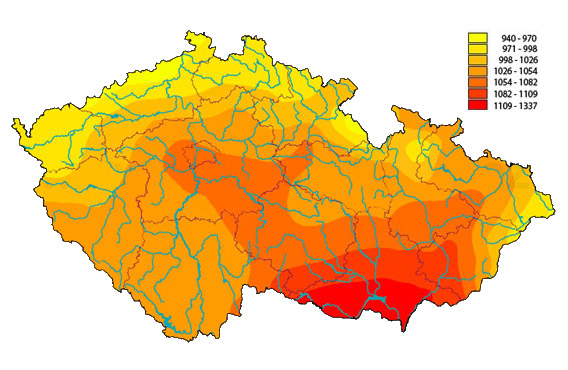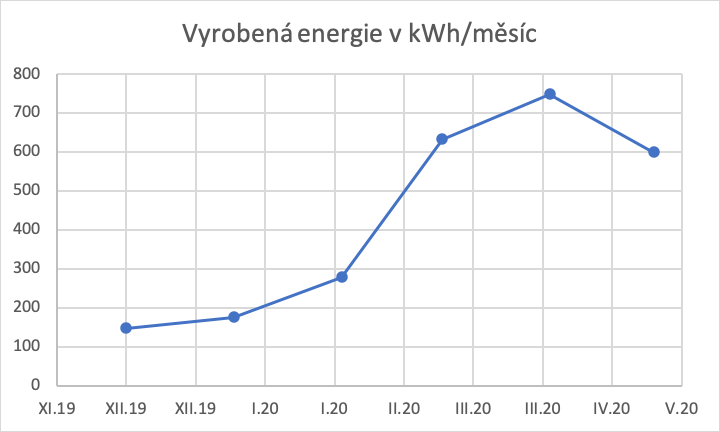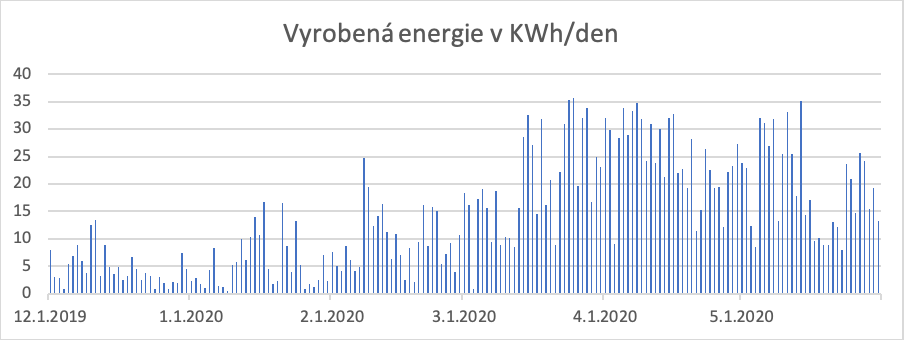The potential of a domestic photovoltaic power plant for charging an electric car

Various motives may lead us to purchase a photovoltaic power plant for our house – financial savings in electricity costs, partial self-sufficiency, access to electricity in times of outages, but also electric car charging. And it is this motive that we will take a closer look at.
Can a photovoltaic pwoer plant on a family house be fully utilised for the purpose of charging an electric car?
In the Czech Republic, the annual average of solar radiation is 1400 to 1700 hours per year depending on the location, which represents an average annual total of 1150 kWh / m2. The potential yield of a photovoltaic power plant is then given by the size of the power plant itself, i.e. the number of panels, their output in kWp and the orientation and slope of the roof on which the panels are placed. The key factor for charging an electric car is the use of such a power plant, which serves to cover its own consumption, not to supply the energy produced to the distribution network.
Model example

An existing photovoltaic hybrid power plant on a family house on the north-eastern edge of Prague will be used for an example calculation. The power plant configuration is 5.28kWp of installed capacity on the south roof with a slope of 45°C, which is an ideal installation example. The power plant is then connected to the single-phase ALL-IN-ONE battery storage NS Mayor 12.5 from the supplier NANO SOLAR ENERGY. This device contains all important components of a photovoltaic power plant (except for PV panels) in one box, i.e. a 5kW converter, charge controllers from photovoltaic panels and a 12kWh battery storage.
The power plant is operated in the so-called island mode, i.e. without supply to the distribution network and serves to cover it’s own consumption of the family home, whose annual consumption is on average 4600 kWh. The average daily consumption is 12kWh, not including the need to charge the electric car.
Since December 2019, this power plant has also been used, not exclusively, to charge an electric car with a 75 kWh battery. The electric car is used as a second family car for trips with children and to work with an average daily range of up to 80 km. With the consumption of an electric car 19kWh / 100km, the vehicle consumes 15kWh every day. For longer journeys, public charging stations are used for charging.

The basic problem when using a home photovoltaic power plant to charge an electric car is the discrepancy between the time when the photovoltaic power plant has the highest output and the time when the electric car is at home and can be charged. The photovoltaic power plant has the highest output in the middle of the day, when usually no one is home. The electricity produced at this time is thus accumulated in the battery of the ALL-IN-ONE storage or covers the consumption of the family house. As can be seen in Figure 3, the winter months are not expected to provide enough energy even to cover the family home’s own consumption. In March, however, the situation improves and April and May provide interesting returns on the energy produced, which significantly exceeds the need of the family home.

April and May provide enough energy for the family’s own consumption and for charging the electric car. In our model example, a single-phase power plant is used, so a single-phase 3kW charger is also used to charge the electric car. It recharges 15kWh consumed on average per day by an electric car in 5 hours. If the electric car was “at home” at noon and early afternoon, then the photovoltaic power plant could be fully utilised to charge it. However, the electric car usually returns after 5pm, at a time when the sun is already very much in the west. Thus, even though the power plant still produces in sunny conditions, it no longer provides the necessary charging power, which is a minimum of 3kW. The battery storage is thus partially used for charging the electric car, but its capacity of 12 kWh is not sufficient for the needs of the electric car.
The domestic solar power plant is therefore able to produce enough energy to charge an electric car in the spring and summer months.
However, the practical problem is the different production time and the time when the electric car is parked at home and can be charged. If the electric car is to be fully charged from photovoltaics, the photovoltaic power plant should be equipped with a 3-phase inverter and a with sufficiently large battery storage that will provide enough energy for both the family home and the electric car battery. However, such a solution would be costly and inefficient, as the direct current from the battery will be converted to an alternating current and then again to direct current in the on-board charger of the electric vehicle. A significantly more efficient solution is the development of photovoltaic power plants where electric cars are parked during the day.
